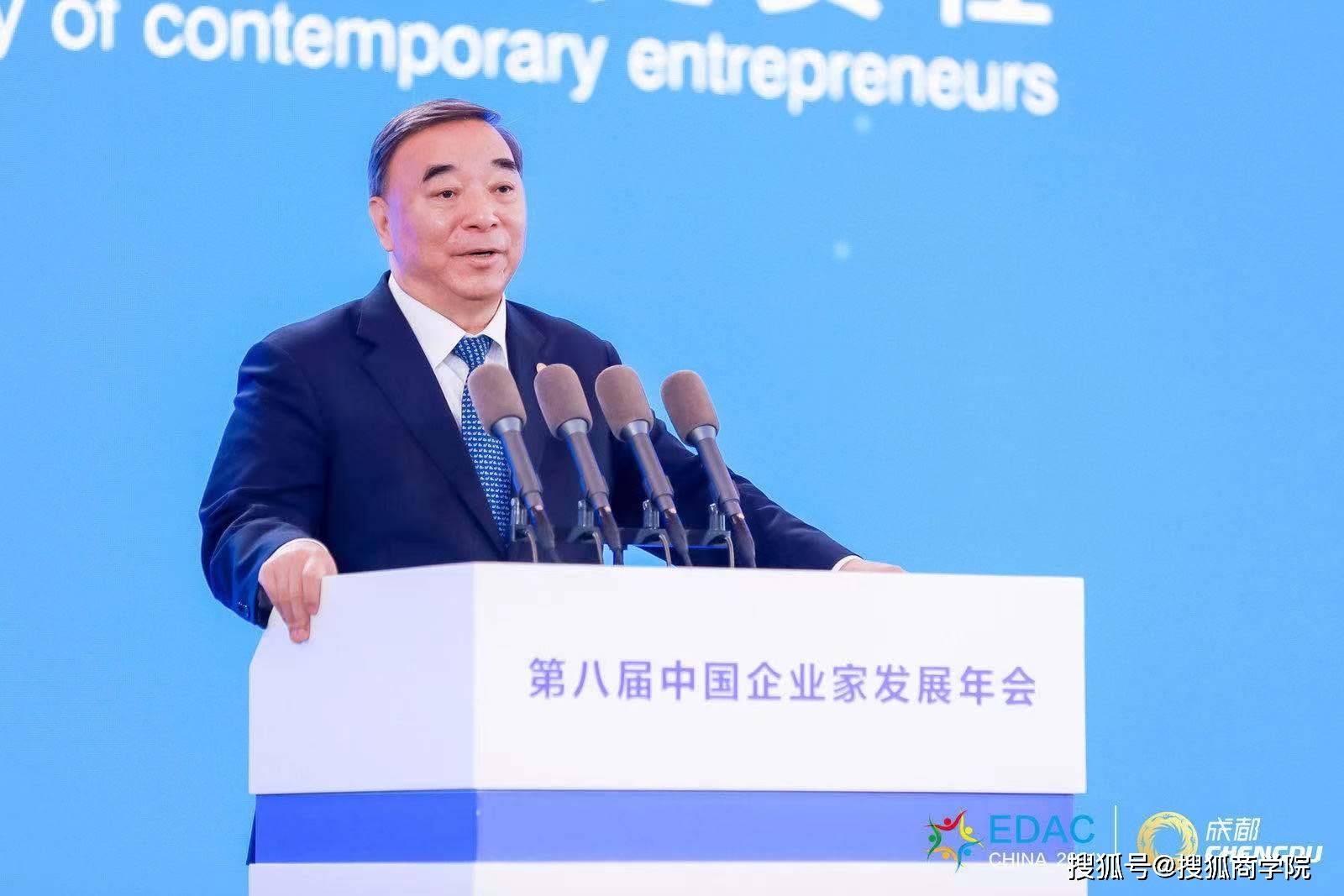Convergence can not only trade unicorn stocks, but also fragmented NFTs.
Original title: “Foreseeed from Convergence: DeFi “Broken the Circle” Road to Real World Assets”
Written by: Rilak
Ethereum It brings decentralized transactions, lending and income to anyone connected to the Internet. In the past few years, a decentralized ecosystem with multiple types of digital assets has been realized-with secure tokens (STs) and practical Tokens (UTs) and non-fungible tokens (NFT). UTs are limited to untrustworthy crypto-finance native protocols, while STs attract financial institutions that focus on private equity market innovation, equity crowdfunding, and ownership, while NFTs are linked to fields such as crypto art, games, and voxel 3D.
Now, the vane of these digital assets is changing. The native protocol is opening up exposure to real-world assets such as tokenized stocks; the DeFi protocol is beginning to try the physical assetization of NFT; digital asset exchanges have also lit the green light to seize the share of unicorns in the traditional market.
A trend: the multi-dimensional integration of DeFi and CeFi
DeFi is increasingly embracing real-world assets, such as Convergence, Persistence, Centrifuge , Naos Finance, ShuttleOne, etc. are committed to the bridge connecting DeFi and CeFi, bringing all kinds of real-world income rights assets to the chain, expanding the DeFi world while providing impetus for the innovation of traditional finance.
Taking the innovation of traditional market stock claim as an example, the Convergence platform allows equity to be traded in the form of encapsulated securities tokens. This form of innovation has brought unprecedented advantages in the market:
Under this decentralized equity trading model, individual investors can invest in assets that could not be invested before, such as unicorn company stocks, private funds, and even a small part of real estate projects; at the same time, it solves the problem of investing in private equity The main pain point of trust funds-low liquidity. Data shows that in February 2021, the total monthly transaction volume of all decentralized exchanges has reached a new high since January reached 58 billion U.S. dollars, breaking through 60 billion U.S. dollars. The market urgently needs asset chain agreements to act as a channel to connect liquidity from the DeFi space; in addition, these securities tokens on Convergence are backed by physical assets, and their ownership is legally recognized. This may be essential for some institutional investors.
In addition to Convergence, agreements like Centrifuge focus on rethinking how companies trade with each other. It is a project dedicated to supply chain finance, founded by a group of Silicon Valley entrepreneurial veterans. They have rich experience in the field of payment processing and financial technology, and are currently solving bill processing, the resulting payment delays, and liquidity of funds by liberating data in isolated corporate systems.
There are also many similar agreements that bridge DeFi and CeFi well, bringing various real income rights assets such as corporate credit, supply chain finance, consumer finance, and real estate rental income rights to the chain, greatly expanding DeFi and traditional finance The intersection of the world.
Specific measures for asset chain agreement
Taking the mechanism of physical assets on the chain in the securities tokenization platform Convergence as an example, we can get a glimpse of the whole picture. The information currently available is that its product can be disassembled into four components: ConvO, ConvX, ConvPool and ConvDAO.

ConvO
ConvO will enable asset owners seeking financing (such as shares of large investment institutions) to issue initial packaging security tokens (“WST”). They will set subscription prices for their WST and set up corresponding swap pools. Part of the tokens issued in WST will be reserved for the Convergence protocol to provide liquidity for ConvX. In addition to asset owners, ConvO also issues premium investment assets to CONV holders. In order to ensure the quality of the initial assets of the platform, the asset owner who set up the initial WST product will need to pass the inspection of the Convergence team first and obtain the final approval of ConvDAO before the asset can be listed.
ConvX
ConvX is an automated market-making mechanism (AMM) that allows users to convert between CONV and real-world assets on the Ethereum chain. Convergence will charge a 0.3% fee for each transaction, of which 0.25% will be used to reward liquidity providers, and 0.05% will be used for the effective operation of the agreement.
ConvPool
ConvPool aims to incentivize CONV or CONV-LP holders to put their tokens into the agreement, in other words, to provide liquidity for the ecosystem. In return, the liquidity provider will receive a 0.25% transaction fee from Convergence X. In addition, CONV or CONV-LP holders can mortgage it. In return, CONV rewards based on specific interest rates can be obtained.
ConvDAO
CONV token holders form a decentralized community for governance. They will publish proposals and vote on protocol upgrades. Users who use 2% of CONV in their addresses for voting will be eligible for governance actions.
Market acceptance of such agreements
After receiving the lead investment from Hashed in March and the participation of NGC, GBV, Alameda and other institutions in the multi-million dollar financing, Convergence launched IDO on Polkastarter on March 25. The progress of the projects after IDO has been significantly accelerated, and there is no shortage of giants in various fields. Support from partners.
Convergence first opened up the East Asian market. In terms of community cooperation, it announced on April 7 that it had reached a cooperation agreement with Winkrypto in Greater China. Winkrypto will help Convergence in its domestic brand and media strategy, and increase the participation of the domestic blockchain community in Convergence; on April 12, South Korea’s leading crypto community Ellipti announced a partnership with Convergence. South Korea’s encryption community is a fertile target market, with high-level encryption technology and an experienced user base. The cooperation between the two marks the beginning of its strategic entry into the Korean market.
Most importantly, in terms of traditional asset diversion, many investment institutions have begun to experiment with decentralized platforms. On April 9, Soul Capital announced a partnership with Convergence to find various assets outside the crypto world for Convergence users. Soul Capital is a family VC headquartered in Hong Kong, which has been focusing on investment in innovation and emerging technologies. Its invested companies include some well-known start-ups in the Asia-Pacific region, such as Hong Kong van rental app GoGoVan, 3D video game production agency EPIC Games, and Indonesian e-commerce giant Tokopedia. Through this cooperation, part of the assets in the portfolio of startups invested by Soul Capital can be traded on Convergence in the form of encapsulated securities tokens. Any DeFi user with an accessible wallet may be able to invest a small portion of the equity of those startups, which means that retail investors can use their crypto assets for such investments for the first time. At the same time, this can also be seen as an alternative to traditional exit strategies.
It is worth noting that, unlike other token-based economic platforms, it is not only unicorn stocks that can be traded on Convergence, but also fragmented NFTs (a way of sharing ownership) and tokens that are not listed on exchange projects. Options. Large investment institutions, as small as individuals with ownership, may become the main body of the platform.
This is just the beginning. Teams like Convergence have given us a lot of inspiration. Obviously, the digital asset economy is converging and bringing together traditional financial participants and cryptocurrency investors. The trustlessness agreement is reshaping the pattern of decentralized financial economy through the governance of “code is law”, smart contracts, and token economics. We believe that the integration of traditional finance and DeFi will unlock new synergies and promote financial technology innovation.
Source link: www.chaincatcher.com
Disclaimer: As a blockchain information platform, the articles published on this site only represent the author’s personal views, and have nothing to do with the position of ChainNews. The information, opinions, etc. in the article are for reference only, and are not intended as or regarded as actual investment advice.





























































You must log in to post a comment.